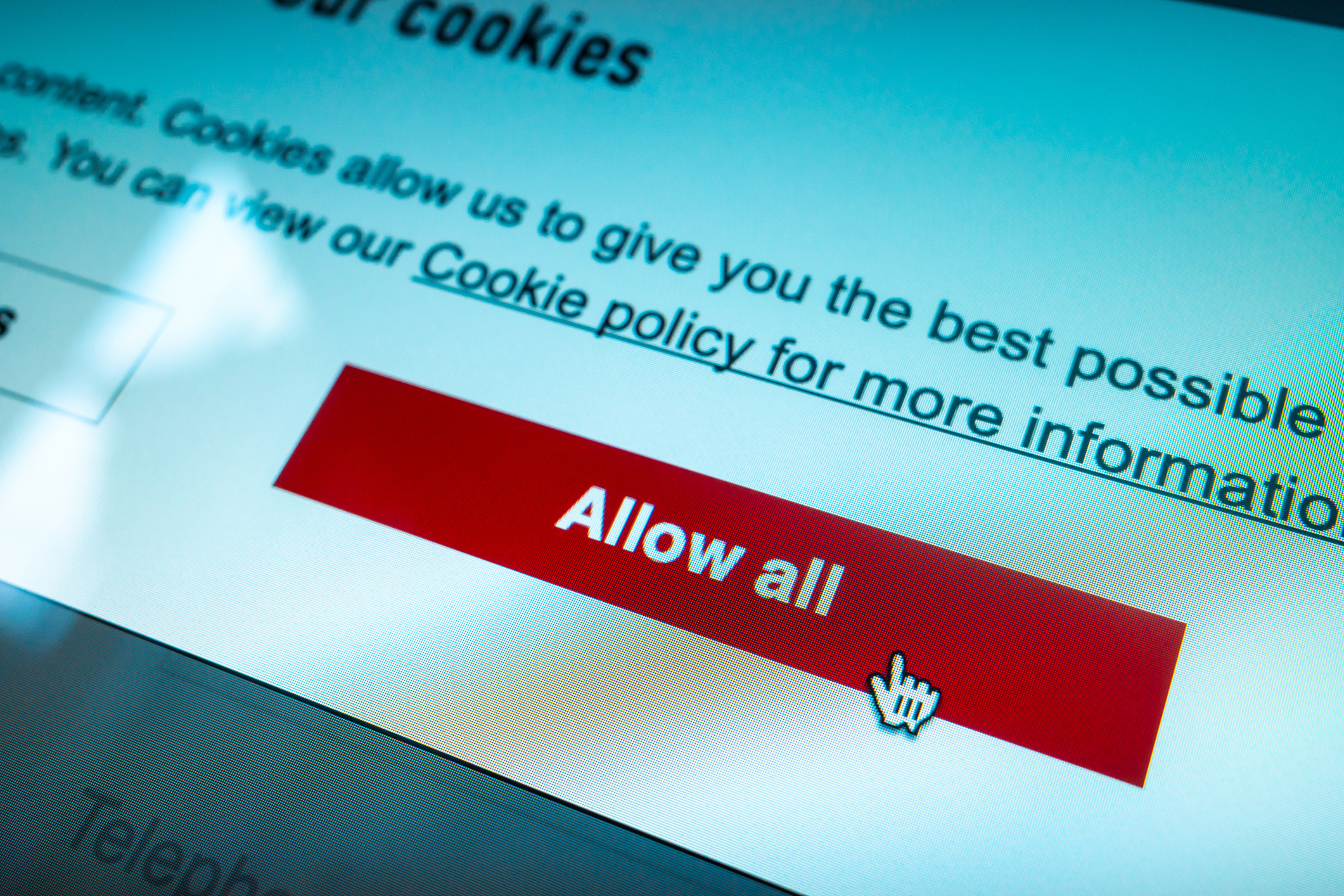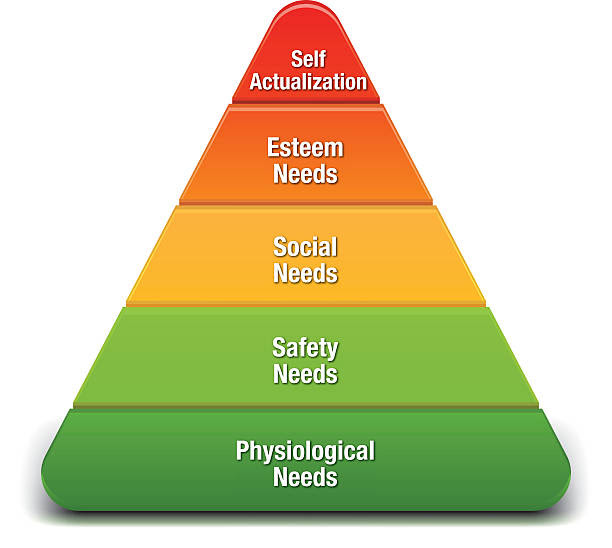
There’s been a lot of talk recently about the imminent sunsetting of third-party cookies by th...
Read More

I’m sure you’ve heard about “the Great Wealth Transfer.” For community banks...
Read More

With heightened expectations for seamless interactions and personalized services, banks are continua...
Read More

We’ve talked about this before, but it is so important to community bank marketing tha...
Read More

According to IBIS World, “there are 2,595,852 people employed in the Commercial Banking indust...
Read More

Let me start this week’s blog with once again thanking The Financial Brand for letting...
Read More

What’s the hottest term in community bank marketing these days? Personalization.
A...
Read More

What is content marketing? According to the Content Marketing Institute, one of many self-proclaimed...
Read More

Yes, that’s me. Judging from the smile, I’m guessing this was taken on one of my “...
Read More

What is a marketing audit and why do you need to conduct one? A marketing audit is a systemat...
Read More